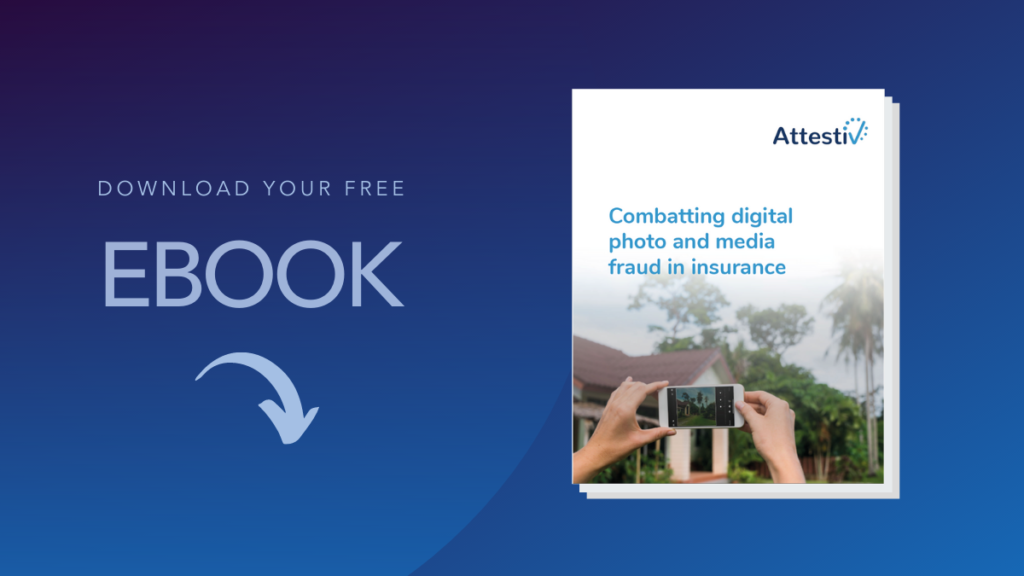Through the process of digital transformation, insurance has grown increasingly reliant on digital media to make actionable decisions regarding the condition of insured assets for both claims and underwriting. This industry modernization, which has in many ways simplified and consumerized insurance processes is also ushering in new forms of digital media fraud insurers should be aware of.
This new threat of fraud has been perpetuated by two important trends:
The growing need for and proliferation of self-service insurance processes
The emergence of sophisticated AI-enhanced tools to edit images or videos
Self-service insurance processes
When mobile phones put the power of networked cameras into the hands of the masses, it was bound to have an impact on the insurance industry, which relies on photos to establish the condition of insured assets. With estimates of well over a trillion photos taken annually by mobile phone users and rapid yearly improvements in mobile camera quality, it is only natural that mobile phones have evolved into a primary device for gathering insurance photos.
The proliferation of mobile phones is reason enough to disrupt the traditional process of sending inspectors to take photos of personal or commercial assets. Satisfactory photo quality and improved convenience make a strong case for transitioning a lot of the claims and inspections, that are currently manually performed by inspectors, to self-service. Read more >

Deepfakes and AI-enhanced photos and videos
The age of digital photographs began in 1957. With the advent of photo editing software in 1987, digital photos’ validity and trustworthiness could legitimately come into question. In spite of this, digital photographs are often cavalierly used in many business decisions today, perhaps in the hope that amateur alterations to photos can easily be rooted out.
In late 2018 and 2019, AI-enhanced tools to alter digital media started to emerge, such as deepfakes, that could take existing media files and modify them in ways that are undetectable to the human eye and to many machine-based tamper detection tools. As AI technology progresses, it is presumed that fakes will eventually become entirely undetectable by avoiding the forensic traces typically associated with media that has been altered or edited with more primitive tools.
In social media contexts, you may have seen examples of how deepfake videos can distort the messages of influencers, politicians, and actors. Perhaps the deepfake of Mark Zuckerberg, the cheap fake of Nancy Pelosi, or the admission of a top deepfake artist that he has created a monster has moved the problem of altered videos beyond a nuisance. Not only have altered videos become more realistic, but they are also becoming easier to create.
This trend of media fakery, which is unlikely to vanish any time soon, demands taking a serious look at how to mitigate the risk of altered media entering digital insurance workflows. Ignoring the threat can multiply exposure to fraud, and negatively impact loss ratios.
To keep reading about the deepfake, AI-enhanced photos and videos and self-service solutions in insurance, get our ebook on combatting digital photo and media fraud in insurance.







